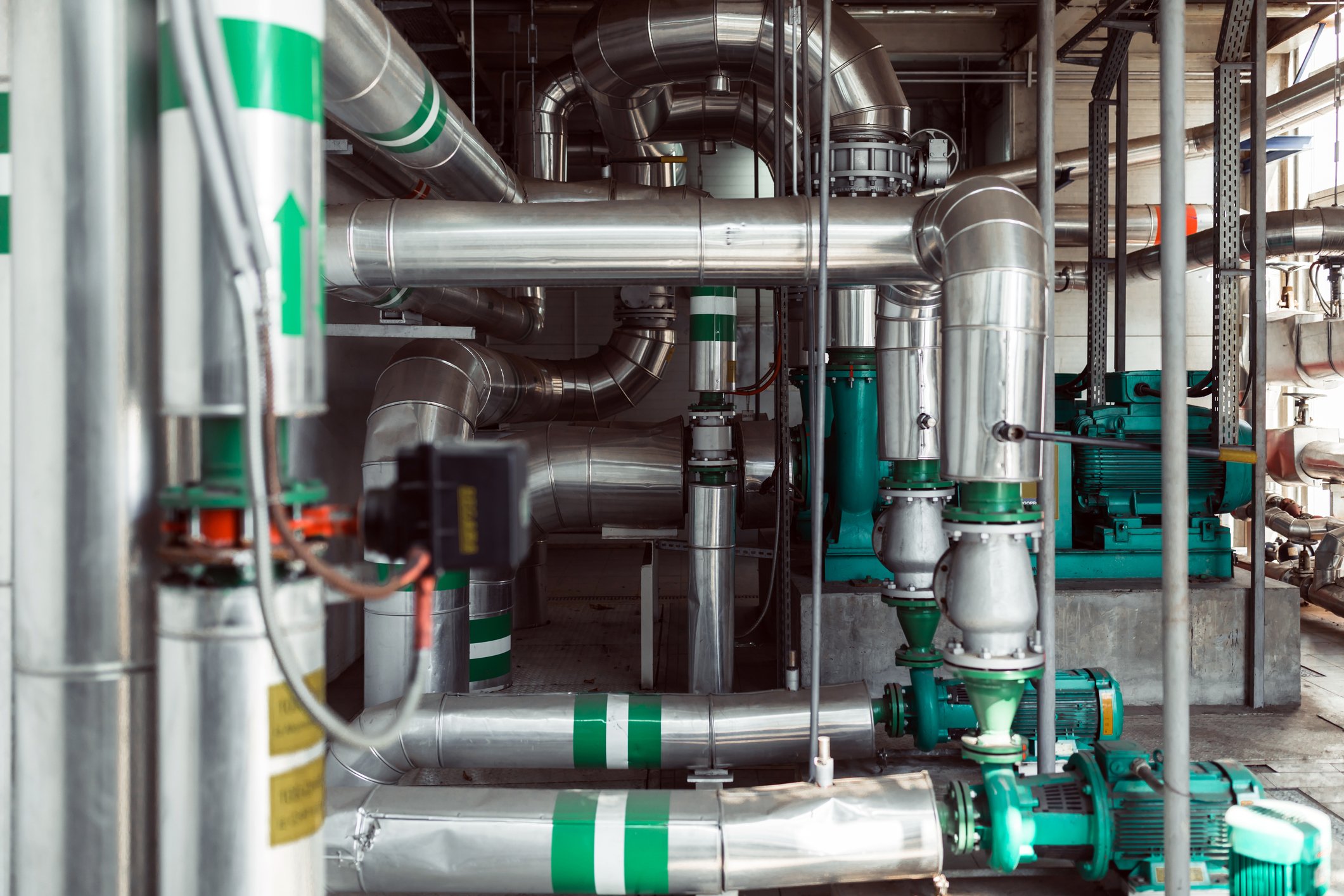It's been a slightly disappointing year for sustainable water company Xylem (XYL +0.91%). While the stock is still up 16% on a year-to-date basis, it's underperformed the S&P 500 by slightly more than 7%, while the company has cut full-year 2019 earning guidance through the year.
Nevertheless, the company's most exciting long-term earnings driver -- the adoption of smart technologies in the water infrastructure market -- remains intact, and the stock is still attractive for long-term investors. Here's what you need to know before buying.

Image source: Getty Images.
First, the bad news on Xylem
As noted above, its growth outlook has dimmed in 2019. In addition, the company hasn't put in a blemish-free performance this year due to a combination of missing its original earnings guidance, a noncash goodwill impairment charge of $148 million relating to an acquisition, and an increase in restructuring and realignment costs through the year. What's going on, and does it affect the long-term investment thesis for Xylem as a growth stock?
To put the numbers below in context, management's midterm guidance --given on its 2017 investor day -- was to be reaching 4% to 6% organic revenue growth, adjusted operating margin of 17% to 18% with mid-teens earnings growth by 2020. Unfortunately, management has already moved the operating-margin target to beyond 2020 (and cut margin guidance through the year).
In addition, the updated full-year 2019 revenue growth target is below its long-term aims, and the current forecast for EPS growth in 2019 implies growth of just 4.5% to 5.2% -- some way below its goals.
|
Full Year Guidance |
Current |
At Q2 2019 |
At Q1 2019 |
At Q4 2018 |
|---|---|---|---|---|
|
Organic growth |
3% to 4% |
5% to 6% |
4% to 6% |
4% to 6% |
|
Adjusted operating margin |
13.8% to 14% |
14.3% to 14.5% |
14.5% to 14.9% |
14.7% to 15.2% |
|
Restructuring and realignment costs |
$75 million to $85 million |
$60 million to $70 million |
$60 million to $70 million |
$30 million |
|
Adjusted EPS |
$3.01 to $3.03 |
$3.12 to $3.22 |
$3.12 to $3.32 |
$3.20 to $3.40 |
Data source: Xylem presentations.
Looking at the glass as half empty, investors could accuse management of the following:
- Being overly optimistic on earnings guidance -- as seen in the reductions in margin and earnings through the year.
- Overpaying for acquisitions in the smart advanced infrastructure analytics (AIA) space, and being too optimistic over earnings from them -- hence the $148 million goodwill impairment charge in the third quarter.
- Being overly optimistic on restructuring and realignment (R&R) charges in 2019. For reference, the company's trailing 12-month operating income is around $700 million, so the increase in expected R&R costs of around $50 million is significant.
As a consequence of these factors, analysts now expect $3.03 in EPS for 2019 and $3.38 in 2020. Given that management's original guidance for 2019 was for $3.20 to $3.40 in EPS, you could argue that Xylem has basically missed a year's earnings.
Why it doesn't matter
The outcome for 2019 is obviously disappointing, but putting it all together, Xylem probably deserves the benefit of the doubt here.
First of all, the reduction in revenue-growth guidance through the year is largely down to the kind of cyclical short-cycle weakness that many other industrial companies have experienced. Indeed, CEO Patrick Decker spoke of "a quicker-than-expected softening in our industrial and commercial demand" in the third quarter. "In particular," Decker said, "there was a deceleration in the short-cycle part of our U.S. business."
Frankly, this is hardly surprising as a slew of companies have reported the same thing -- from higher-quality industrial companies like Honeywell International and Illinois Tool Works to ones not doing so hot like 3M -- so the shortfall in Xylem's third-quarter revenue is understandable.
Turning to the goodwill impairment charge in the quarter, Decker said it was a consequence of the fact that the revenue ramp-up that Xylem is now seeing "has taken longer to accelerate than we originally anticipated," with "orders-to-sales conversion" being slower than expected.
While this is obviously disappointing, Decker also said that, "Orders [for AIA] grew more than 80% in the quarter, and organic revenue grew by double digits" while the "growth thesis to the business has not changed." The strength of order growth in the quarter suggests that traditionally conservative water utilities will adopt AIA technology in due course.
Finally, the lower margin expectations and increased expectation for R&R costs are largely a consequence of the cyclical weakness in revenue discussed above and the slower-than-expected revenue growth in higher-margin AIA solutions -- not a reason to abandon the stock, provided the company gets back on track in due course.
Is Xylem still a smart buy?
The company's long-term aspirations still look achievable and, on balance, Xylem deserves the benefit of the doubt over the cyclical (rather than structural) weakness it's seen in 2019.
Moreover, the adoption of smart technology AIA solutions is taking longer than expected, but this is not unusual with disruptive technology. All told, Xylem is still an attractive stock for long-term investors, but they will be watching closely to see if the strength in order growth converts to sales in 2020.






